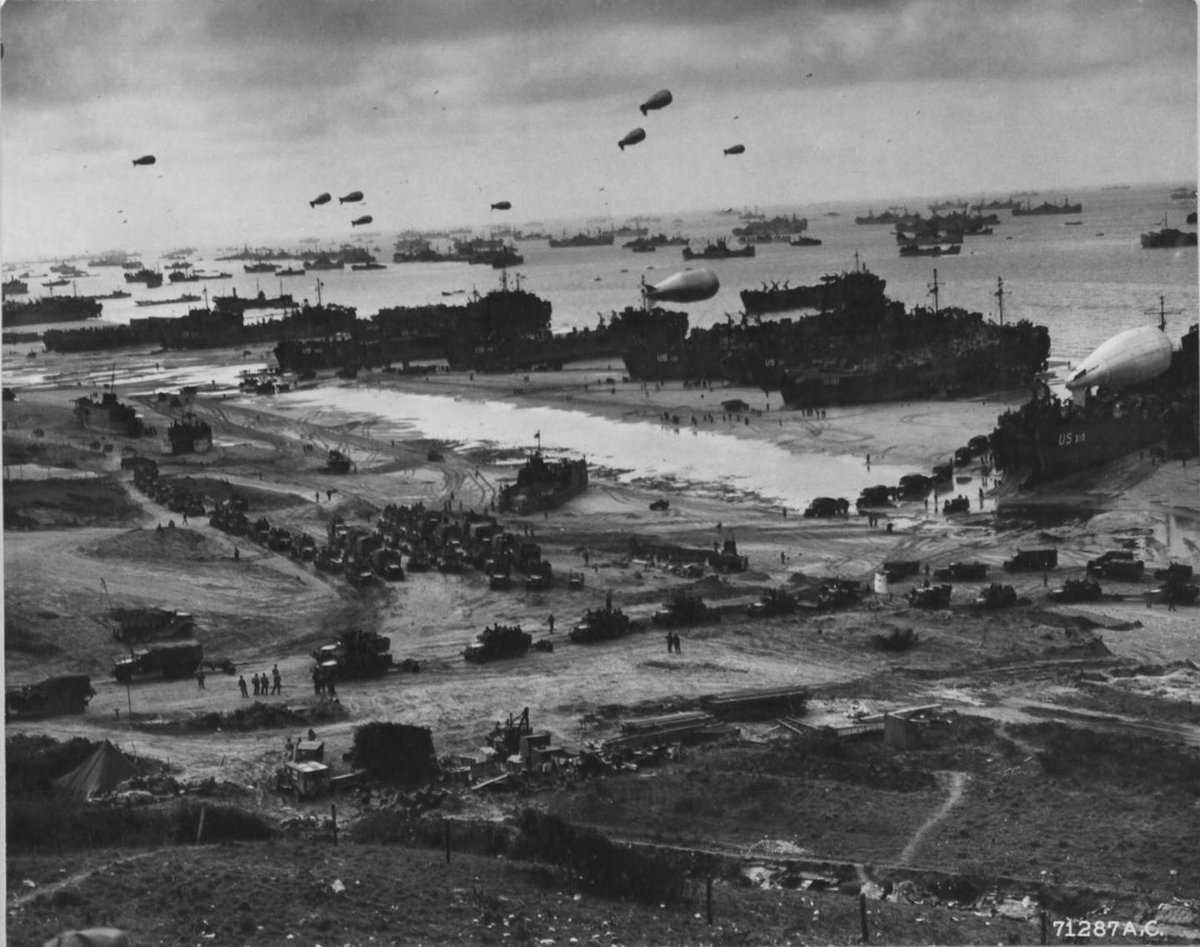
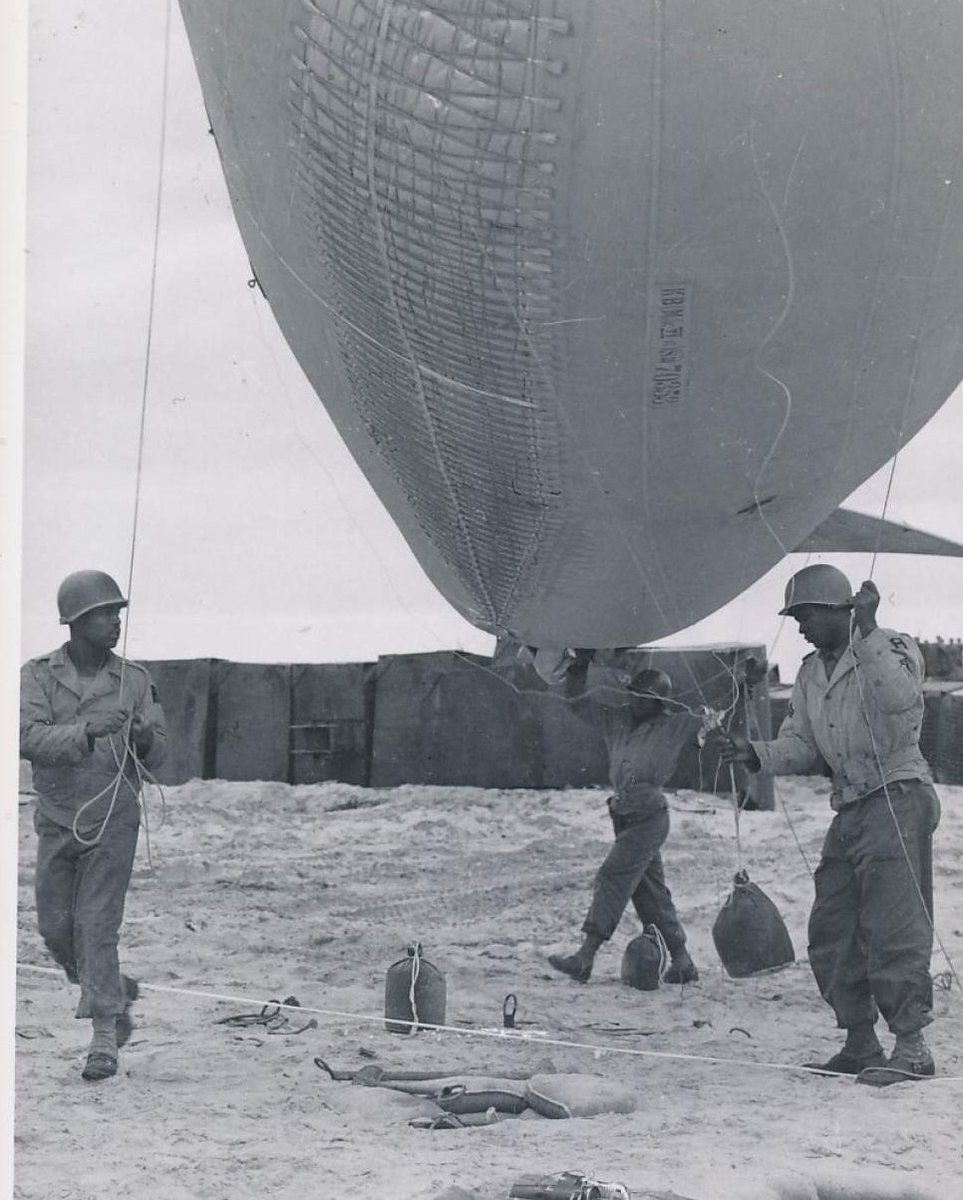
The photograph to the right shows members of the 320th pulling a barrage balloon through a partly cleared mine field to a new site in France, 22 August 1944.
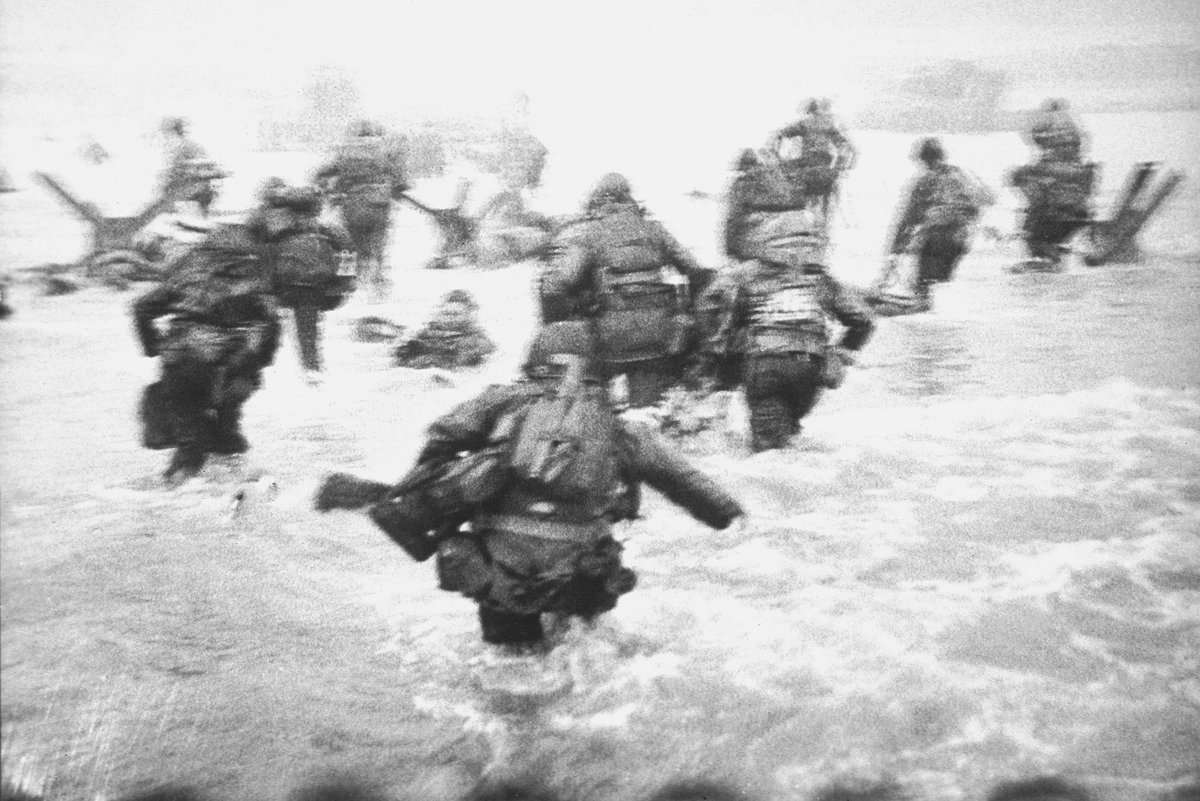
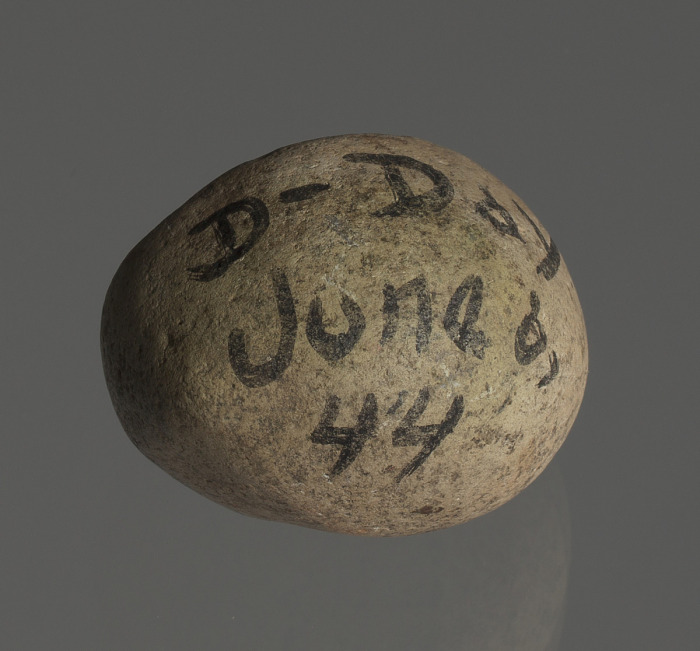
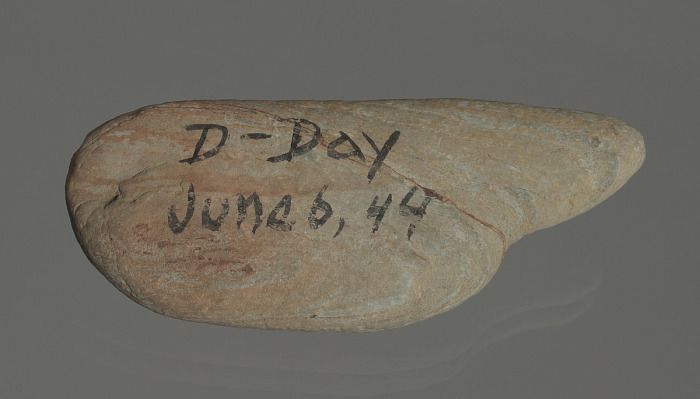
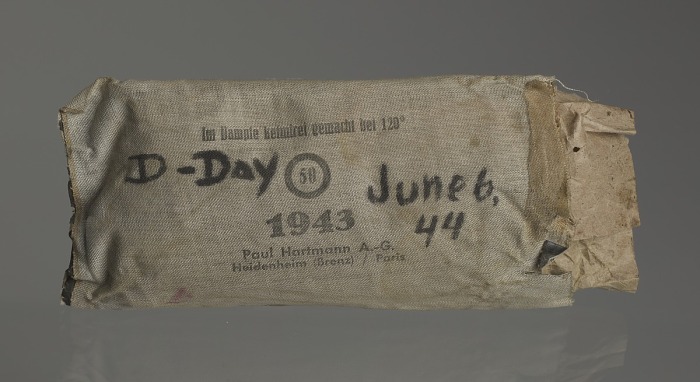






Keep Current with National Museum of American History
This Thread may be Removed Anytime!
Twitter may remove this content at anytime, convert it as a PDF, save and print for later use!

1) Follow Thread Reader App on Twitter so you can easily mention us!
2) Go to a Twitter thread (series of Tweets by the same owner) and mention us with a keyword "unroll"
@threadreaderapp unroll
You can practice here first or read more on our help page!